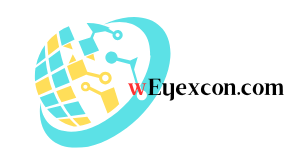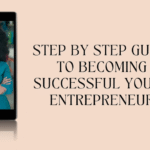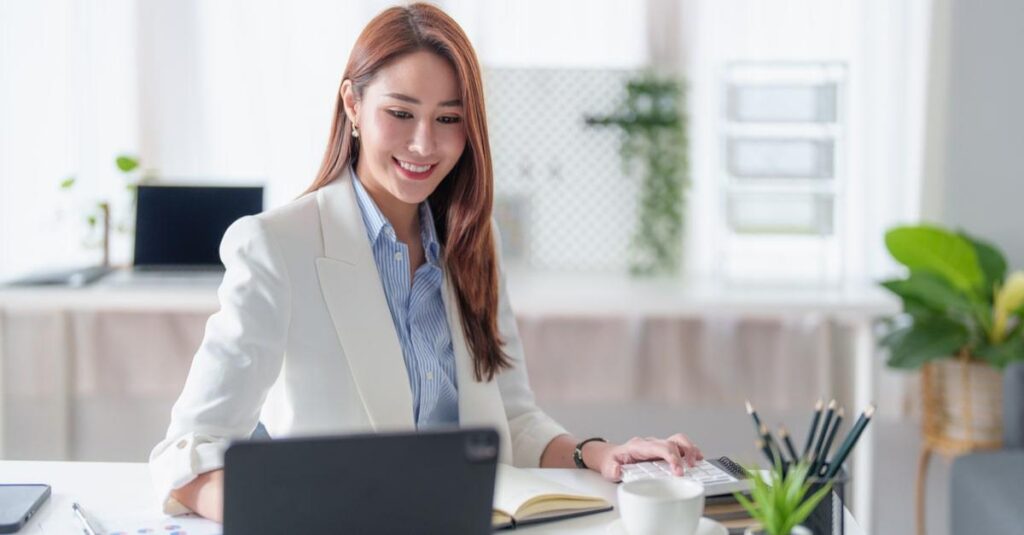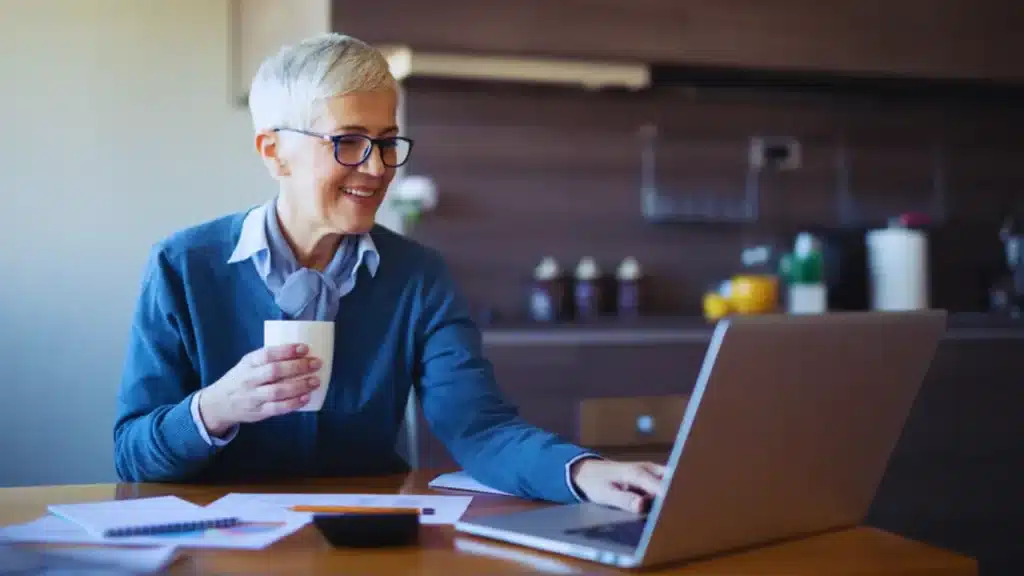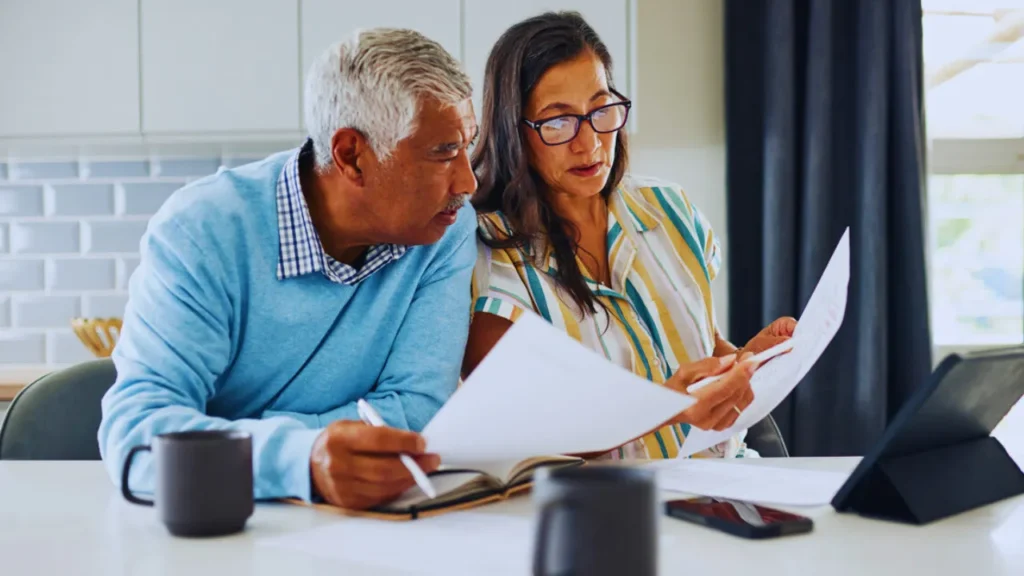The concept of “business casual” has become a cornerstone of modern office wardrobes. For women, this style strikes a fine balance between the crisp structure of traditional business wear and the freedom of more relaxed, casual outfits. Unlike in the past, when office fashion was confined to tailored suits and monochrome blouses, today’s business casual opens the door to personality, comfort, and professional flair. However, navigating what fits into this category without overstepping unspoken dress codes can be surprisingly tricky.
I will discuss coming in, not just to explain what “business casual” means for women but to decode how to apply it in today’s diverse work environments. From corporate cubicles to creative studios, business casual has evolved into a flexible style language that changes based on your industry, role, and region. I will discuss an insider perspective and wardrobe strategy that even most fashion sites or Google results haven’t captured yet because we’re digging into the lived realities, subtle signals, and modern shifts in professional women’s fashion.
Understanding Business Casual for Women
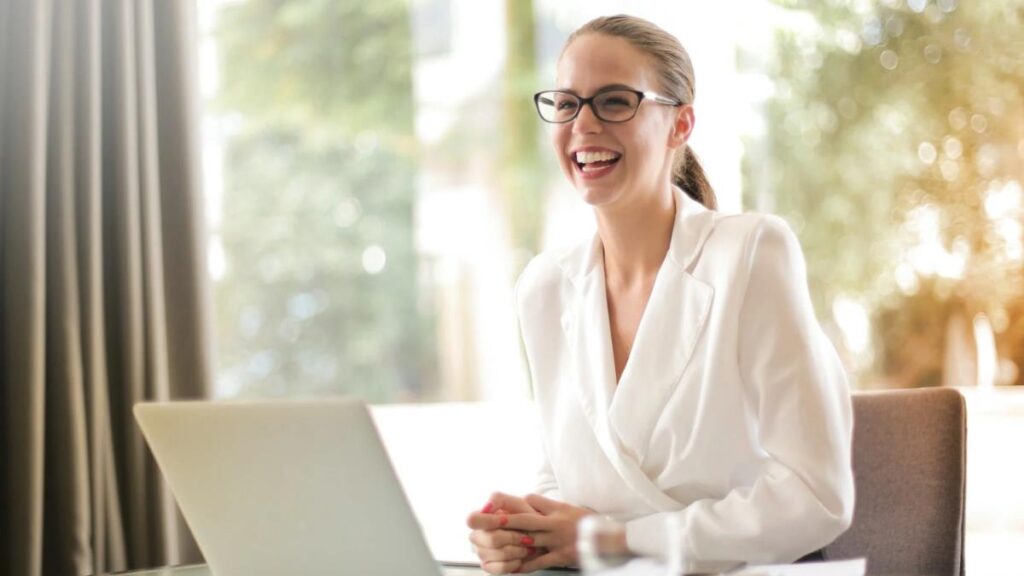
Business casual for women is not a fixed set of rules but a flexible style category that allows women to appear professional while remaining comfortable and true to their personal style. It goes beyond simply swapping formal wear for something less stiff; it’s about dressing with intention, balance, and modern sensibility. A well-chosen blouse with tailored trousers or a midi dress paired with low heels can reflect confidence and professionalism without feeling overdone.
What makes this dress code especially valuable today is its adaptability. Whether you’re in tech, finance, education, or creative industries, business casual can shift slightly to meet your environment’s expectations. The unspoken goal is to dress in a way that fits your role and company culture while still expressing who you are—subtly, stylishly, and without the discomfort of overly formal attire.
- Tops: Blouses, button-down shirts, and knit tops in neutral or muted tones.
- Bottoms: Tailored pants, skirts, or dresses that are neither too formal nor too casual.
- Footwear: Closed-toe flats, low heels, or professional-looking boots.
- Accessories: Minimalist jewelry, structured bags, and subtle scarves.
Building a Business Casual Wardrobe

Creating a versatile business casual wardrobe is all about selecting pieces that balance professionalism with comfort. Start with quality basics like well-fitted trousers, button-up shirts, and tailored blazers. Neutral colors such as navy, black, and gray offer flexibility and easy pairing. Incorporate items like sweaters, polo shirts, and simple dresses to mix up your outfits. To keep your look fresh and stylish, add a few statement pieces, like patterned scarves or unique shoes, which can elevate your outfit without breaking the business casual guidelines. The key is to have a collection of items that can be easily combined, ensuring that you’re prepared for any workplace setting while maintaining a polished and approachable appearance.
| Category | Examples |
| Tops | Silk blouses, knit sweaters |
| Bottoms | Tailored trousers, pencil skirts |
| Dresses | Sheath dresses, midi dresses |
| Outerwear | Blazers, cardigans |
| Footwear | Loafers, ankle boots, block heels |
| Accessories | Leather totes, stud earrings |
Adapting to Seasonal Changes
Adapting your business casual wardrobe to the seasons isn’t just about temperature—it’s about comfort, functionality, and maintaining a consistent professional look year-round. In summer, lean into breathable, moisture-wicking fabrics like cotton, chambray, or linen, and opt for lighter colors that reflect heat while still looking polished. Come winter, embrace layering strategically—think tailored blazers over knit tops, or sleek cardigans paired with wool trousers. Always invest in transitional pieces like trench coats or neutral-toned scarves that can be styled in multiple seasons without looking overly casual.
Incorporating Color and Patterns
Business casual doesn’t mean colorless. While neutrals like black, navy, and beige form the foundation, soft injections of color can add life to your look without violating dress code norms. Try muted jewel tones or earth-inspired hues like rust or sage green. Patterns like subtle florals, pinstripes, or micro-checks can express personality while remaining polished—especially when balanced with solid pieces. The secret lies in harmony: choose one statement item and ground the rest with classic, understated tones.
Footwear Choices for Comfort and Style
Footwear in business casual is often the silent statement of your outfit; it should blend comfort, elegance, and function. Go for cushioned soles, breathable materials, and smart silhouettes. Loafers, ballet flats, block-heeled pumps, and ankle boots are all safe bets. Neutral shades like taupe, navy, and burgundy offer more personality than black without being loud. The right pair can carry you confidently from morning meetings to after-hours events.
Accessorizing Your Look
Accessories in business casual are your finishing touch—they should add polish, not noise. Opt for clean, minimalist designs like small hoops, a dainty pendant necklace, or a structured watch. Belts can sharpen the waistline of a loose dress or blouse, while a leather tote or crossbody bag keeps essentials handy without looking bulky. Use accessories to reflect mood or season—a silk scarf in spring or a muted gold bracelet in fall adds quiet flair. Always remember: less is more.
Maintaining Professionalism
Even with its relaxed rules, business casual is still about workplace presentation. Clothes should fit well, be wrinkle-free, and look intentional—no last-minute thrown-together outfits. Avoid overly revealing cuts, neon shades, or fashion trends better suited for weekend wear. T-shirts, hoodies, distressed denim, and sports caps often cross the line unless explicitly allowed. Keeping a “dress-smart” mindset, even on casual days, ensures you maintain credibility without sacrificing personal style.
Navigating Company Dress Codes
No two companies define business casual the same way. What’s acceptable in a startup may be too relaxed for a law firm. When in doubt, observe what respected colleagues wear and ask HR for clarity on written policies. Some firms allow denim on Fridays, others never. Some welcome bold fashion choices, others prefer subtle tones. Being situationally aware not only helps you dress appropriately but also shows cultural awareness and professionalism, which is always in style.
Building Confidence Through Style
A sharp, well-coordinated outfit can give you the edge to speak up in meetings, lead presentations, or network confidently. Your style doesn’t have to be flashy to be powerful. Choose cuts that flatter your shape, colors that energize you, and pieces that reflect your role and aspirations. Over time, curating a business casual wardrobe that aligns with your identity can boost not only your image but your daily morale and performance.
Wrapping Up
Business casual for women is no longer just about what to wear—it’s about how to present your identity in a professional space without compromising comfort or confidence. As workplaces become more dynamic and inclusive, women are using fashion not only to meet expectations but also to express their individuality with sophistication. From choosing breathable fabrics that feel good through a long day to pairing statement pieces that reflect your leadership presence, business casual has become an empowering daily practice.
What you’ve just read isn’t recycled advice or generalized tips, it’s a forward-thinking style guide that reflects where professional fashion is truly heading. You now have a deeper understanding of how to build a business casual wardrobe that speaks your language, aligns with your workplace culture, and adapts to the realities of modern office life. This is the kind of perspective even Google hasn’t caught up to yet.
FAQs
Are jeans appropriate for a business casual ensemble?
You can wear jeans in a business casual setting, provided they are well-fitted and free from distressing. Pair them with a tailored blouse and appropriate footwear to maintain a professional appearance.
Are sleeveless tops acceptable in a business casual environment?
Sleeveless tops can be acceptable if they have a modest neckline and are paired with a blazer or cardigan. It’s important to ensure the overall outfit remains professional.
How can I make my business casual outfit more unique?
Incorporate subtle patterns, colors, and accessories to express your personal style while maintaining professionalism. A patterned scarf or a colorful blouse can add interest to your outfit.
Are open-toed shoes appropriate for business casual wear?
Open-toed shoes can be acceptable in some business casual environments, especially during warmer months. However, it’s important to ensure they are in good condition and appropriate for the workplace.
Can I dress in business casual with leggings?
Leggings can be worn if they are paired with a tunic or long blouse that covers the hips.
Is it necessary to wear a blazer in a business casual setting?
While not always necessary, a blazer can elevate a business casual outfit and is a versatile piece that can be added or removed depending on the formality of the occasion.
How can I transition my business casual wardrobe from day to evening?
Swap daytime accessories for more statement pieces, such as bold jewelry or a colorful handbag, and consider changing your footwear to something more formal to transition your look from day to evening.
